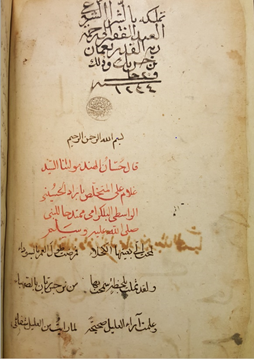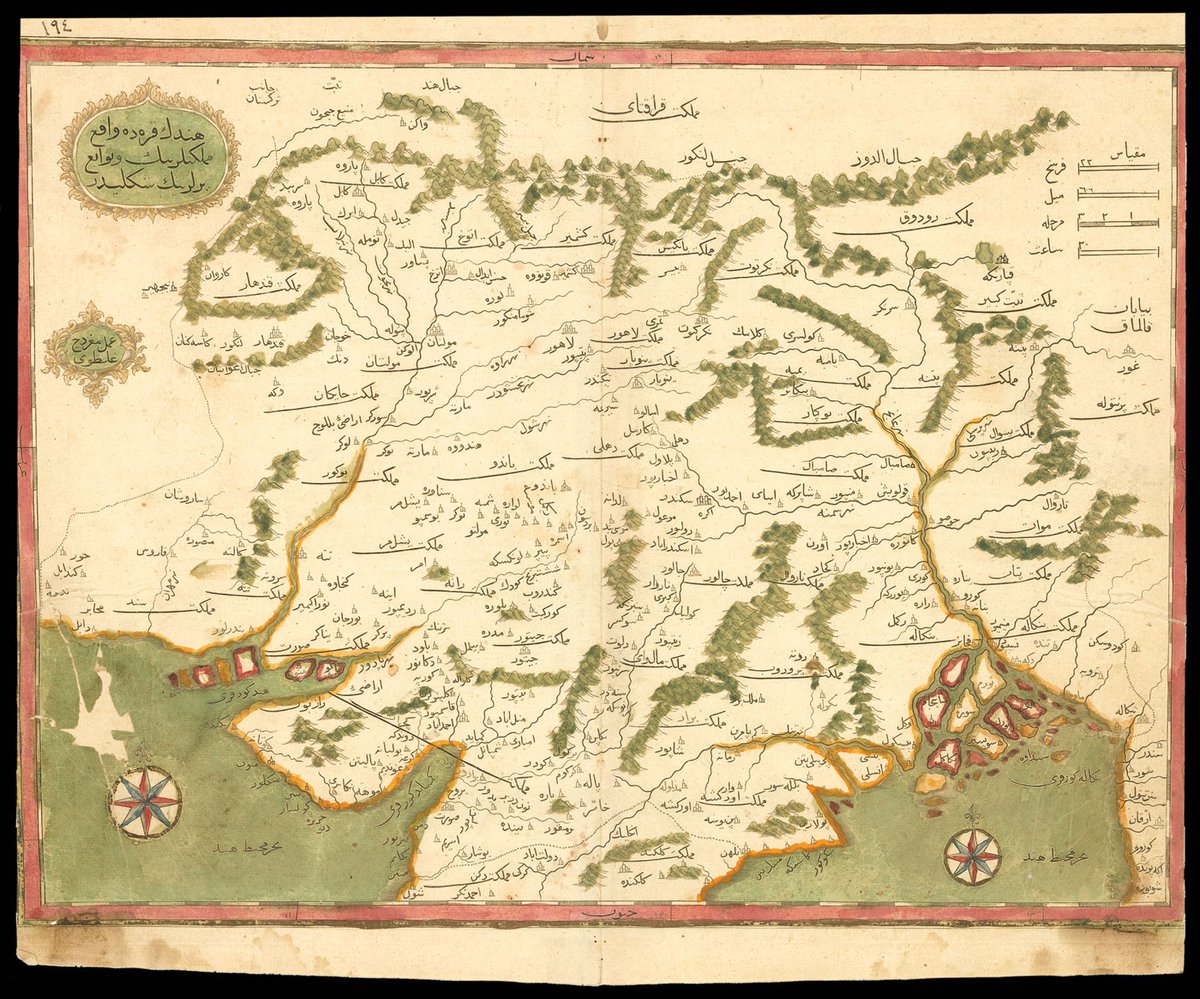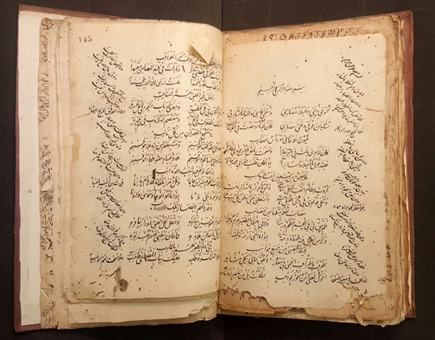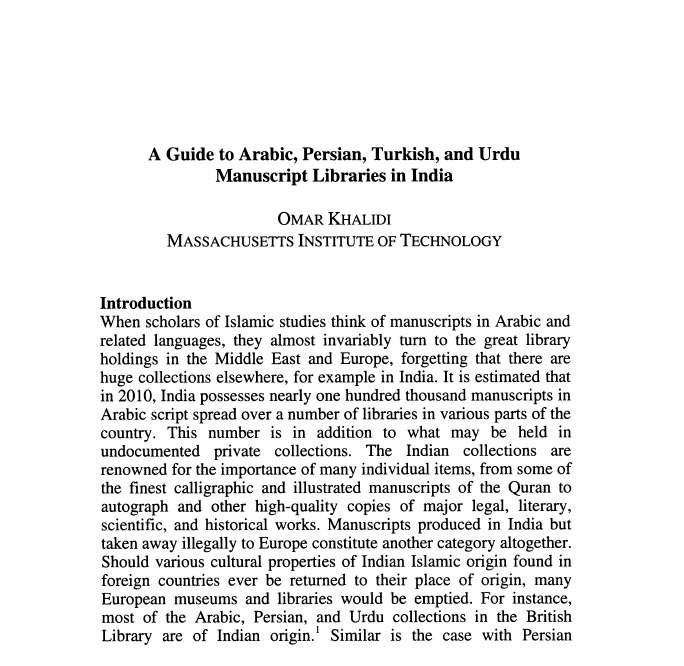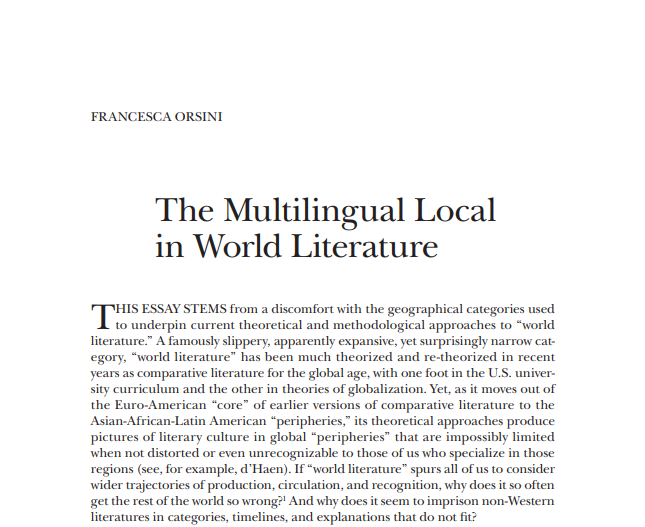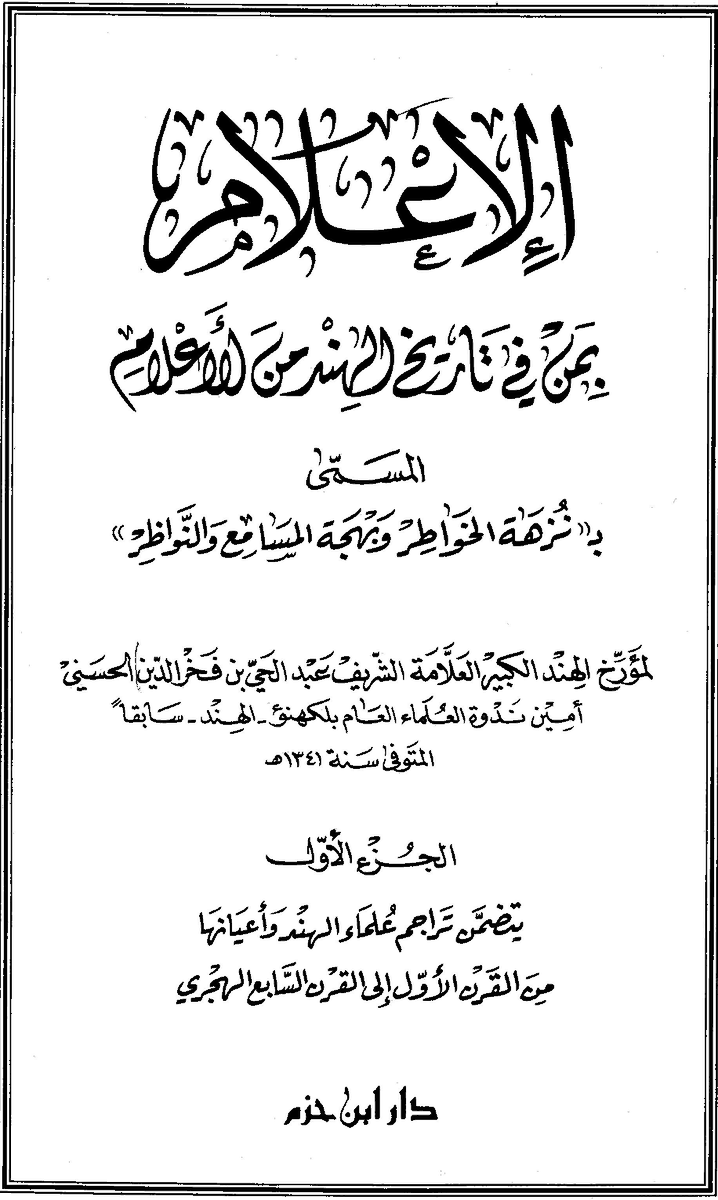Hi from @_SimonLeese. This week I’ll be tweeting about Arabic literature and multilingualism in 18th/19th century North India. I’m interested in how Arabic writers imagine their place in a larger Arabic world and feel a sense of belonging to it.
But why Arabic in India?
1/9
But why Arabic in India?
1/9
‘Arabic in India’ doesn’t fit with many people’s ideas about where language belongs. National literary histories tend to split the world into neat boxes where people+land+language overlap exactly. And in western academic departments these splits get institutionalised.
2/9
2/9
But Arabic has had a long and rich history in South Asia through various moments of contact and parallel cultivation alongside other languages like Persian, Sanskrit, Tamil, Malayalam, Urdu/Hindi & Sindhi. Arabic in India is not a niche topic or a subfield - it’s huge.
3/9
3/9
The massive collections of Arabic manuscripts in South Asia (and taken from South Asia) illustrate how important Arabic is. The great survey by Zubaid Ahmad (available here http://archive.org/details/in.ernet.dli.2015.510623)">https://archive.org/details/i... gives a sense of the range and spread of Arabic learning up to 1857.
4/9
4/9
My research focuses on pre-colonial & colonial North India – a string of cultural centres along the Indo-Gangetic stretching from Lahore (modern Pakistan) to Kolkata via Delhi & Lucknow, but also linked to other cities like Bhopal & Hyderabad plus the larger world of Arabic
5/9
5/9
The poets I look at were of course multilingual. Following the work of Francesca Orsini and Ronit Ricci, I ask how poets imagined their multilingual world by looking towards, longing for, and feeling belonging to different places simultaneously
6/9
6/9
It would be dishonest to say & #39;Arabic in South Asia’ is a neglected field. There is loads of research by scholars in India, Pakistan & Bangladesh often written in Arabic or Urdu. Add to that earlier histories e.g. the monumental Nuzhat al-khawāṭir by ʿAbd al-Ḥayy al-Ḥasanī
7/9
7/9
Many historians of South Asia draw on Arabic sources and have studied the Arabic works of individual scholars and their lineages. And there has been a boom in research on connections and currents across the Indian Ocean showing India’s links with other Arabic spaces.
8/9
8/9

 Read on Twitter
Read on Twitter